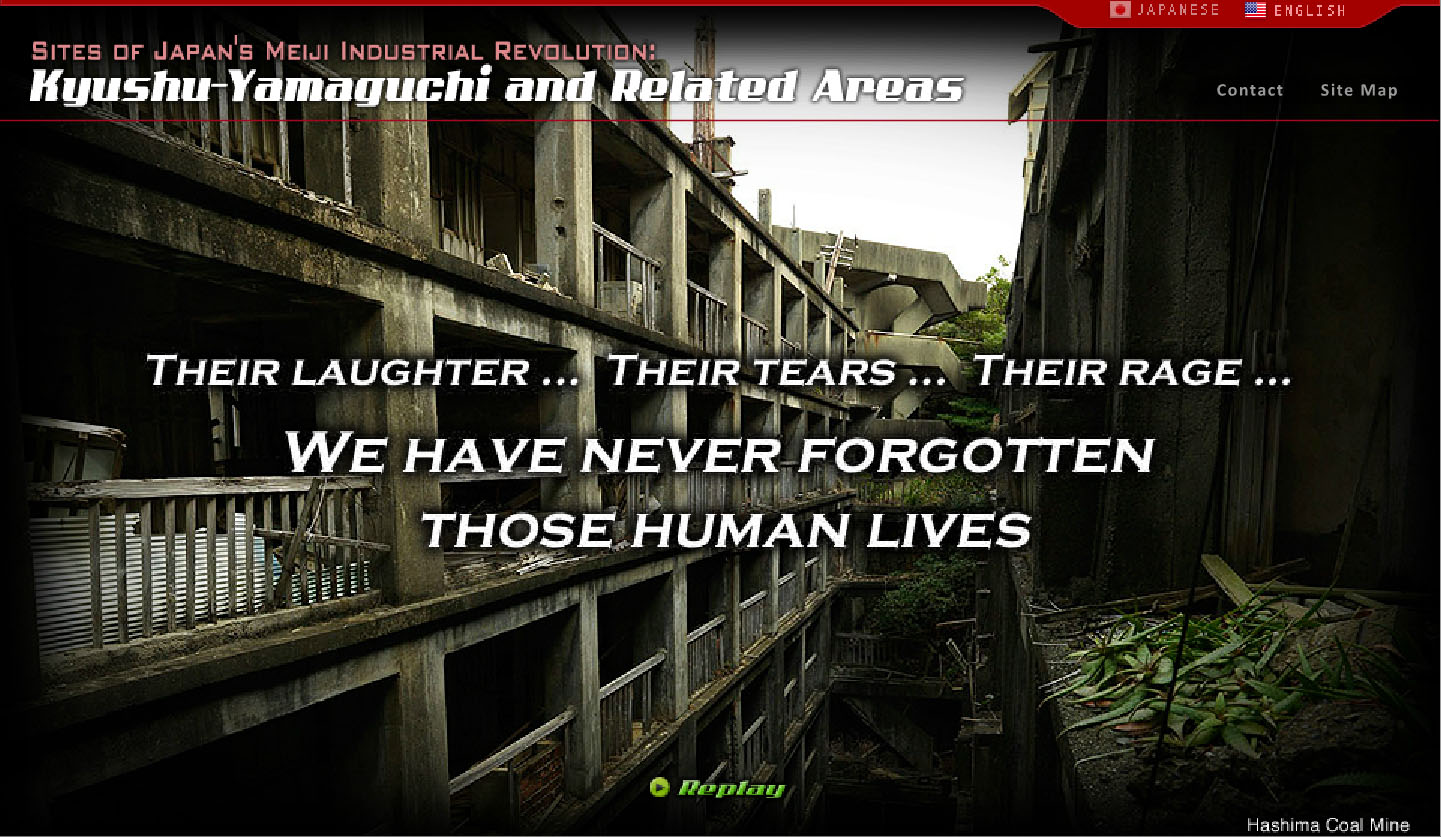On June 28 in Germany, the UNESCO World Heritage Committee will begin considering this year's nominations to the World Heritage list. The 10-day session is normally quiet, and acceptance of the proposals — having been vetted by an advisory body called the International Council on Monuments and Sites — is considered routine.
The 500-page ICOMOS advisory report provides a flavor of the 40-plus nominations slated for approval: rock art sites in Saudi Arabia and Uganda, Viking sites in northern Europe, a bridge in the U.K., Spanish missions in the U.S., an aqueduct in Mexico, a monastery in Georgia and botanical gardens in Singapore. Then there is Japan's ambitious — even audacious — UNESCO bid.
"Sites of Japan's Meiji Industrial Revolution" seeks World Heritage status for 23 mines, ports, factories and shipyards located mainly in the nation's southwest but also in Iwate and Shizuoka prefectures. The ICOMOS report released last month describes the proposal as a "series of industrial heritage sites . . . seen to represent the first successful transfer of industrialization from the West to a non-Western nation."

















With your current subscription plan you can comment on stories. However, before writing your first comment, please create a display name in the Profile section of your subscriber account page.